From the Catholic priest who pioneered it, to how we can (almost) see it, here are 5 fascinating facts about the Big Bang.
The term "Big Bang" is thrown around casually, to the point of becoming the title of one of the most popular sitcoms ever. But while we all understand the basic idea — that the universe was once small, hot and dense — many people still hold big misconceptions about the theory. Here are five fascinating facts about the theory that defines our cosmos.
1. A Catholic priest first thought of it
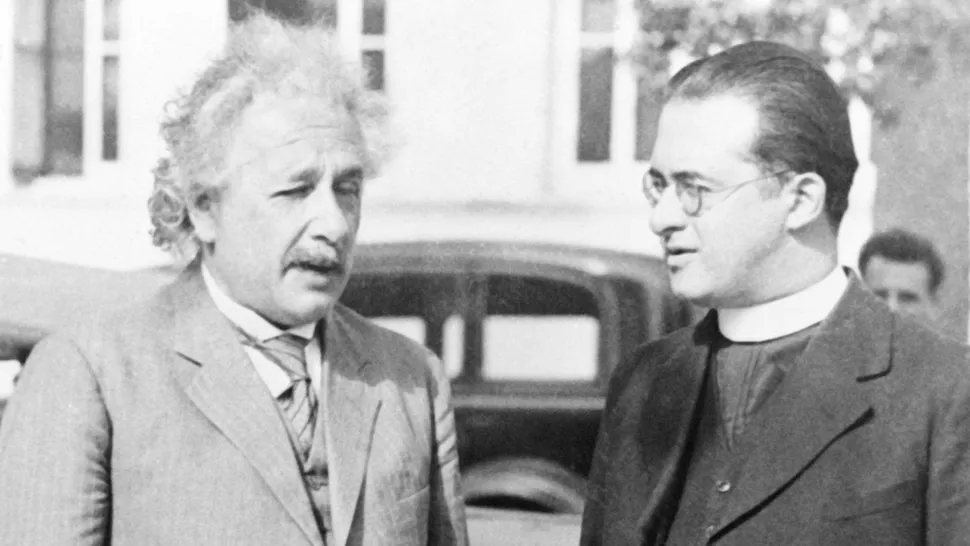
Albert Einstein (left) and Georges Lemaître in January, 1900. (Image credit: Getty)
In 1915, Albert Einstein published his theory of general relativity, which originally stated that the universe would naturally be either expanding or contracting. But Einstein, along with the vast majority of astronomers and physicists at the time, believed that the universe was static, so he added some extra terms to the equations to balance everything out.
Years later, Edwin Hubble discovered that galaxies are, on average, receding away from us. While astronomers continued to debate the implications of that observation, Belgian physicist and Roman Catholic priest Georges Lemaître was the first to take both Einstein's and Hubble's results at face value, arguing that we live in an expanding universe that was once much smaller, hotter and denser than it is today. He dubbed this origin point the "primeval atom."
2. It was verified accidentally
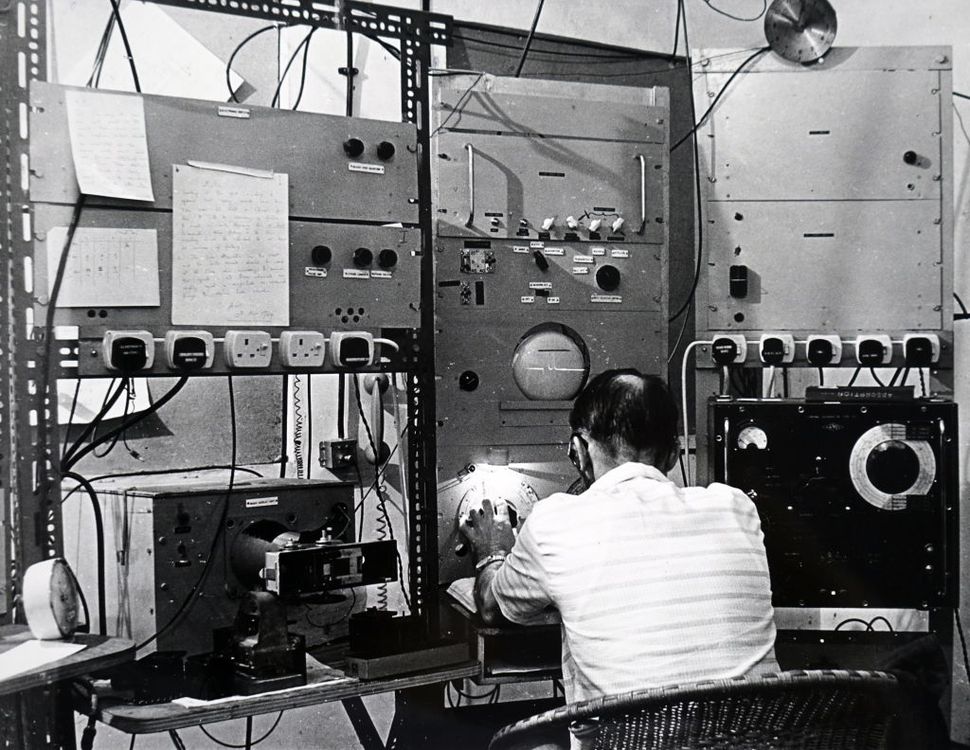
A researcher sitting at a high-power microwave receiver receiving messages from orbiting satellites. (Image credit: Getty/ Universal History Archive )
Most physicists viewed Lemaître's idea with skepticism, especially considering that his theory looked a little too close to the story of Genesis. But over the decades, all other attempts to explain Hubble's result failed observational scrutiny. Still, the "Big Bang" theory was regarded as an interesting — but not very plausible — idea.
In 1964, two radio engineers at Bell Labs, Arno Penzias and Robert Wilson, were testing a new microwave receiver. No matter how hard they worked, they couldn't remove a stubborn background hiss that they were constantly hearing in the instrument — they even tried scrubbing all of the pigeon poop off the receivers. Searching around for an explanation, they happened upon a team of theoretical physicists who were gathering funding to build exactly what they had. It turned out that the background hiss was due to radiation left over from when the universe transitioned from a hot, dense plasma to a slightly less hot neutral gas. It's called the cosmic microwave background, and it remains a cornerstone of our understanding of the Big Bang.
3. It's not a theory of creation
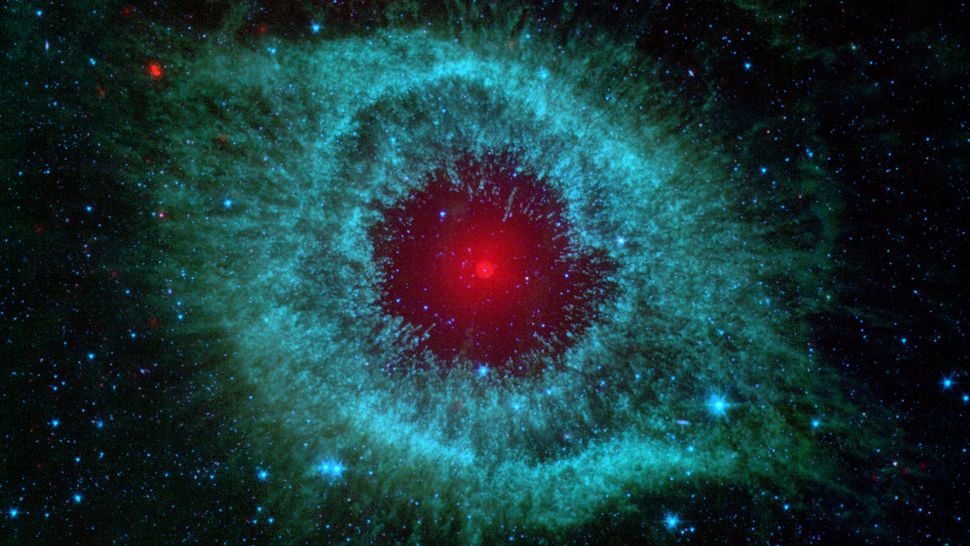
Image of the Helix Nebula, also called the God's Eye Nebula. (Image credit: NASA/JPL-Caltech/Univ.of Ariz.)
The Big Bang is a theory of the history of the universe, especially its earliest moments. We can say, with an extreme degree of confidence based on multiple independent lines of evidence, that our entire observable universe — every speck of dust, every star and every galaxy — was once crammed into a volume no bigger than a peach with a temperature of over 1 trillion degrees.
What the theory does not tell us, however, is where the universe came from — or even if that question makes sense. Our current understanding of physics can only take us so far into the past before all of our theories, including our knowledge of the workings of space and time, break down. In other words, we don't know how the universe "started." We only know what came after.
4. We can (almost) see it
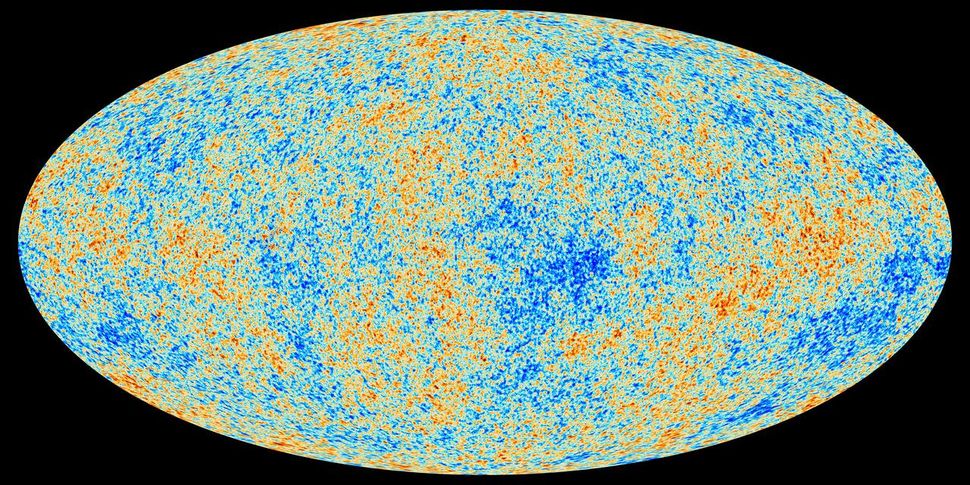
A map of the cosmic microwave background taken by the ESA Planck mission. (Image credit: NASA)
The cosmic microwave background is a huge deal. It not only cemented the Big Bang as the sole theory capable of explaining all of the observational data but also serves as a window into our distant past. When our universe was about a million times smaller than its present-day size, it had a temperature of over 10,000 Kelvin (more than 17,000 degrees Fahrenheit) and was in a plasma state. As it expanded and cooled, that plasma converted into a neutral gas as the first atoms formed. That event released a tremendous amount of radiation, which remains today as the cosmic microwave background, or CMB. The CMB is responsible for over 99.999% of all the radiation in the universe.
The CMB formed when the cosmos was about 380,000 years old. Compared with its present-day age of 13.77 billion years, that's the equivalent of a baby picture taken of you when you were a mere 10 hours old.
5. It happened everywhere
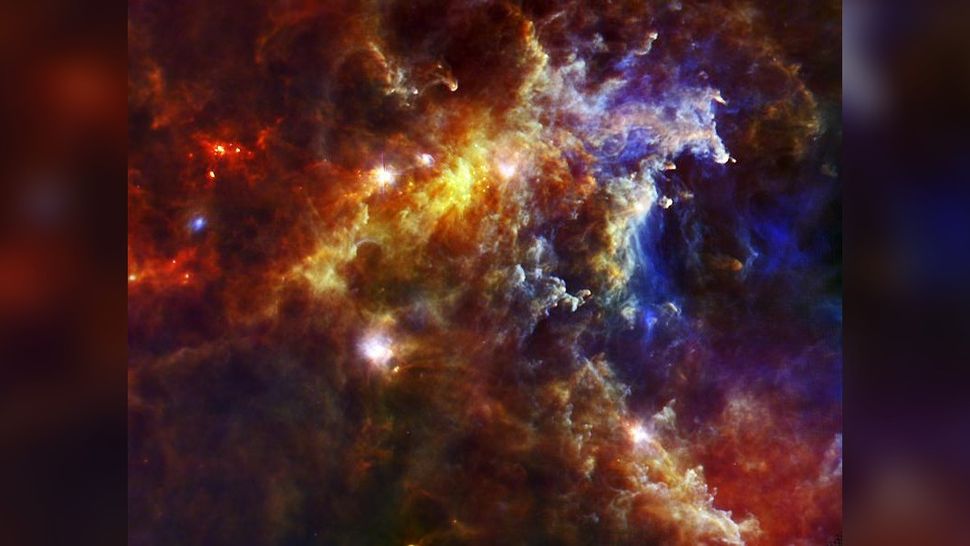
Image of the Rosette Nebula.
(Image credit: ESA and the PACS, SPIRE & HSC consortia, F. Motte AIM Saclay,CEA/IRFU - CNRS/INSU - U.ParisDidedrot for the HOBYS key programme)
One of the wildest things about discussing the universe is that our normal conceptions of objects simply don't apply. For example, the universe has no edge and no outside — because the concept of "the universe" expands to encapsulate literally everything in existence.
Similarly, the Big Bang wasn't an explosion in space — it was an explosion of space. The Big Bang happened to everything in the universe simultaneously. It did not happen in one particular location in space, but in a particular location in time. It's hard to think about, but that's why we have mathematics: to help us grapple with concepts we normally couldn't.
- Karlston
-

 1
1


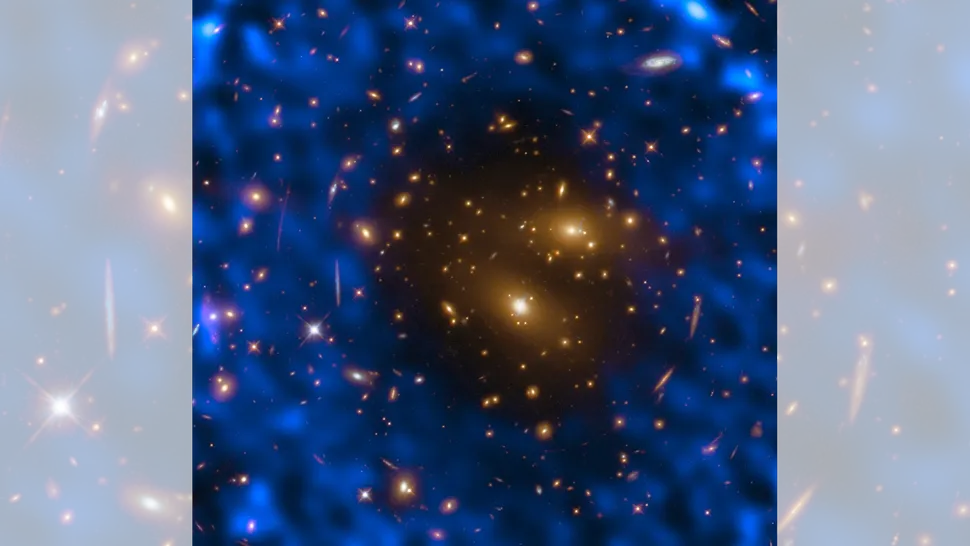
Recommended Comments
There are no comments to display.
Join the conversation
You can post now and register later. If you have an account, sign in now to post with your account.
Note: Your post will require moderator approval before it will be visible.